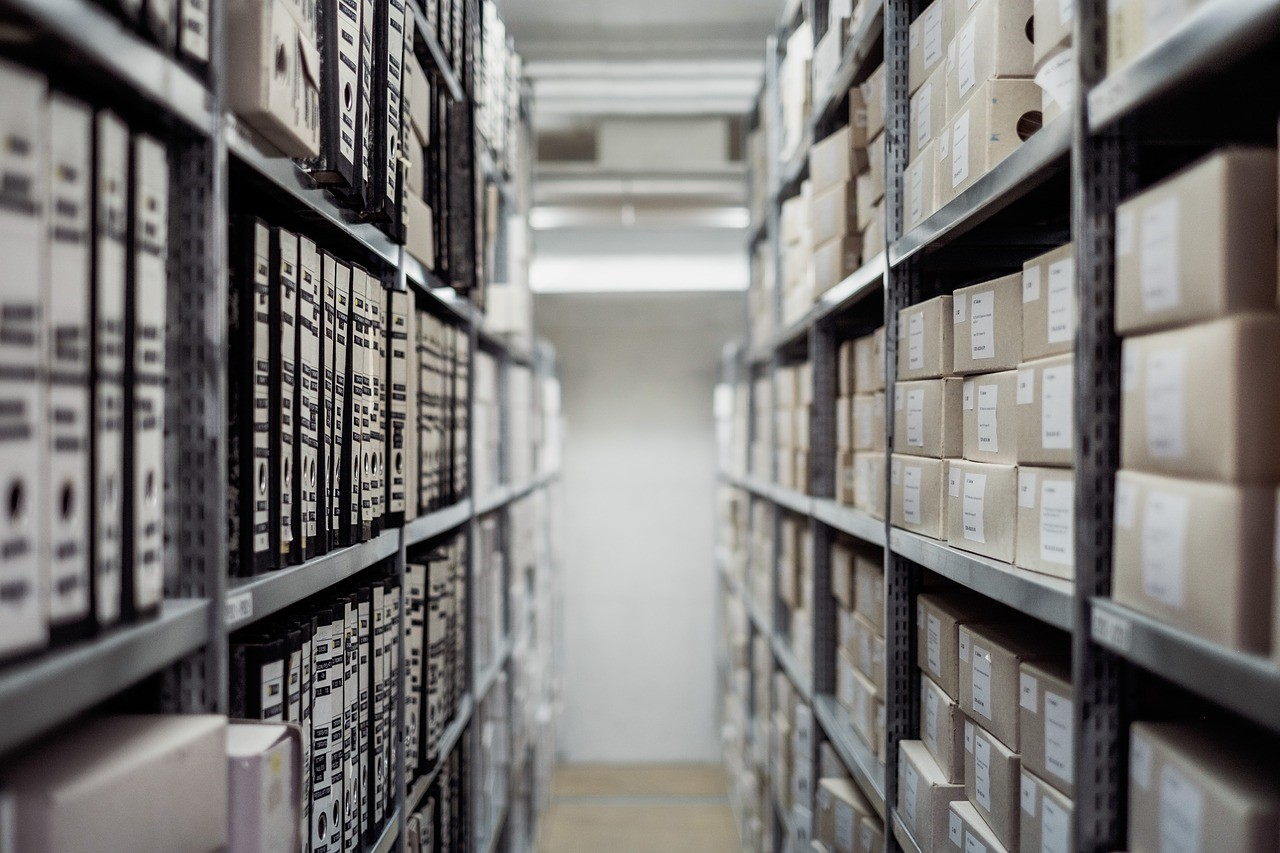
By Heather Hamilton, contributing writer
The human ability to record what’s happening has provided historians a record of what civilization is like at any given time. From cave paintings to found scrolls, we’ve been historically good at keeping track of what it means to exist at any given time.
Recently, PRI’s Science Friday explored what exactly this means in a digital age. How do we keep a physical record, a time capsule, when everything is online?
Rick West, who manages data at Google, said, “We may [one day] know less about the early 21st century than we do about the early 20th century. The early 20th century is still largely based on things like paper and film formats that are still accessible to a large extent, whereas much of what we’re doing now — the things we’re putting into the cloud, our digital content — is born digital. It’s not something that we translated from an analog container into a digital container, but, in fact, it is born, and now increasingly dies, as digital content without any kind of analog counterpart.”
Called the “digital dark ages” and an “informational black hole,” the 21st century presents unique challenges in terms of records. In fact, digital content that exists now may never be readable or recoverable in the future.
Thanks to a policy that makes it possible for an incoming president to remove and change any and all content on government websites, even more data is lost. So at the end of each presidency, librarians and web archivists archive URLs and content on government websites, which will eventually be made available to the public. This is an important step in creating digital archives, particularly when changing political events pose an existential risk to the available public knowledge.
Recently, the Library of Congress announced that they will no longer be archiving Twitter, which has happened since 2010. The basis of the decision is that Twitter content is actually not worth archiving, which has been met with some resistance as more and more policy makers are using it to communicate with each other and the public. The decision has many wondering what exactly is worth archiving for future generations. And how do we go about that?
Science Friday spoke with Kari Kraus, an associate professor in the College of Information Studies at the University of Maryland in College Park, who heads a project designed to rescue and even resuscitate digital content from years past. “Different storage media have different lifespans,” says Kraus. “In our project, we worked a lot with magnetic media like floppy disks, and those have a lifespan of, say, 10 to 14 years. Optical media like DVDs and CD-ROM, I believe have even less. It is going to be a problem across different storage media.”
IBM’s magnetic tape data storage system is also still in use, first introduced in 1952 and currently utilized as backup storage by Google. Initially, 2.3 megabytes per reel could be stored across two tapes, but now a single cartridge holds hundreds of terabytes. Despite the potential for bit rot, magnetic tape may be a partial solution.
Lauren Young, web producer and lead reporter on a larger series that explores data storage and loss, says that DNA storage may be the future. Data can now be stored on synthetically made DNA, which has a tremendous storage capacity.
The question of what makes the cut for an archive is more complicated though, especially because humans aren’t great at knowing what is important in the moment — hindsight does a lot for us. For now, you should consider being your own archivist — making digital materials physical when it suits you and is possible.
Sources: Science Friday, Forbes, File Not Found
Image Source: Pixabay
Advertisement





